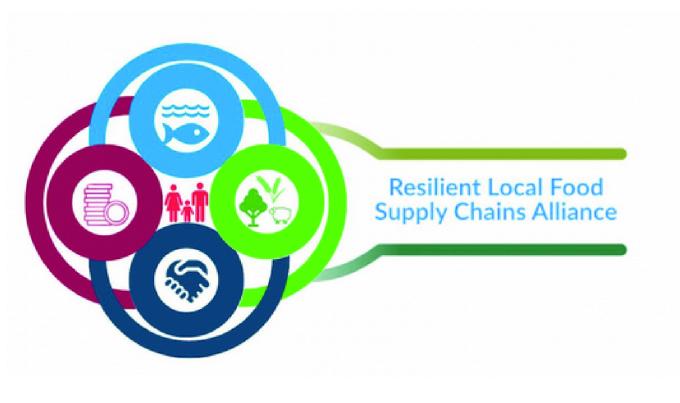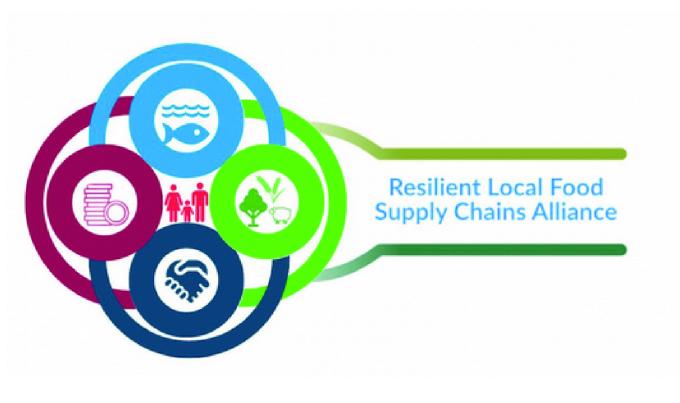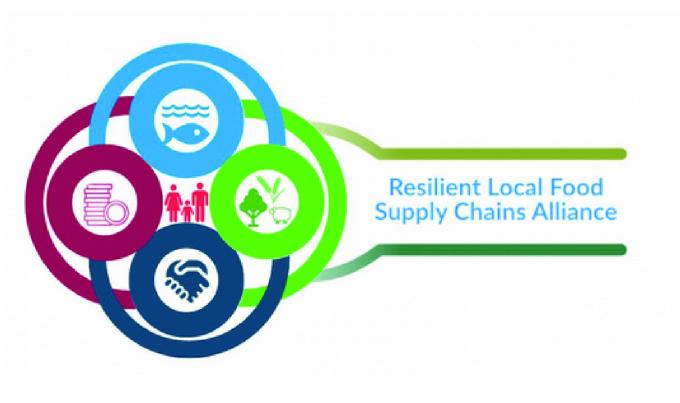GOOD PRACTICE
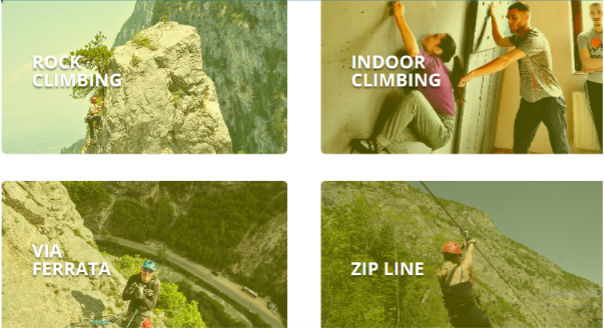
Marimangat e Pejës is the largest rock-climbing association in Kosovo. It has transformed Peja into a premier adventure tourism hub by developing hiking trails, Via Ferrata routes, and eco-friendly infrastructure. Training programs for local guides and partnerships with international tour operators have boosted economic opportunities while ensuring environmental sustainability. With a 30% annual rise in tourists, the initiative serves as a replicable model for integrating tourism with community development.
You must be registered to see all the content
Peja, a region rich in natural assets such as the Rugova Gorge, waterfalls, and breathtaking mountain trails, faced challenges in leveraging these resources for sustainable tourism. Despite its potential, the area struggled with underutilized attractions, inadequate infrastructure, and limited promotion of adventure tourism. Recognizing these gaps, an integrated approach was implemented to empower sustainable adventure tourism and enhance economic opportunities for local communities. This initiative involved developing key infrastructure, such as marked hiking and biking trails, rock-climbing facilities, and eco-friendly accommodations. Community training programs were introduced to equip locals with skills in guiding, hospitality, and sustainable tourism management. Marketing campaigns and collaborations with international tour operators helped promote Peja as a premier adventure tourism destination. By linking local artisans, farmers, and small businesses to the tourism value chain, the project ensured inclusive economic benefits. This approach not only revitalized tourism but also fostered environmental conservation and cultural preservation, positioning Peja as a model for sustainable adventure tourism in Kosovo.
Development of adventure tourism infrastructure, including Via Ferrata routes, a zip line, and a Tibetan Bridge.
Training programs for local mountain guides in collaboration with international experts.
Awareness campaigns on environmental protection and tourism promotion targeting youth and schools.
Stakeholders Involved: Local government (Municipality of Peja); SwissContact and Swiss Agency for Development and Cooperation, GIZ, CDF (funding partners) etc.;Community members, schools, and adventure tourists.
Peja faced underutilization of its natural assets and lacked adequate infrastructure for adventure tourism. The region struggled with limited promotion of tourism and insufficient opportunities for locals to benefit economically from tourism activities.
This model can be replicated in other regions with rich natural landscapes by leveraging local partnerships and international support. The documented development of infrastructure (e.g., zip line, Via Ferrata) provides a blueprint for similar projects globally.
Impact:
- Annual increase of 30% in tourist visits.
- Enhanced income opportunities for locals through tourism-related businesses and employment.
- Strengthened community identity and environmental awareness.
Infrastructure Development: The construction of Via Ferrata routes, a zip line, and a Tibetan bridge requires specific technical expertise. However, these are established technologies in the adventure tourism sector, with known parameters for safety and construction. Engaging experts who have implemented similar projects successfully ensures the technical feasibility of such installations.
Training Programs: Training local guides involves transfer of skills that are essential for safe and effective management of adventure tourism activities. This practice is feasible if there is access to skilled trainers and a curriculum that adheres to international safety standards. Programs typically include first aid, rescue techniques, and customer service.
Environmental Awareness Campaigns: These campaigns are technically straightforward to implement, involving educational workshops, informational materials, and community engagement activities. They rely more on effective communication skills and less on technical abilities, making them easy to learn and execute.
Ease of Learning and Implementation:
- Developing clear, standardized procedures for construction and operation of tourism facilities helps streamline training and ensures consistency in service delivery.
- Engaging local community members in the planning and execution phases fosters a sense of ownership and facilitates smoother implementation. Local knowledge can also be invaluable in addressing site-specific challenges.
- Ensuring that all activities comply with local and national regulations regarding construction, safety, and environmental protection is crucial. This might require navigating bureaucratic processes, which can be streamlined with the help of local authorities.
Recommendations for others interested in adopting the practice:
- Establish partnerships with organizations experienced in adventure tourism to guide the initial planning and development phases.
- Look for funding sources that provide sustainable financial support without compromising the environmental or cultural integrity of the location. Grants from development agencies or tourism revenue can be significant.
- Prioritize safety by adhering to international standards for adventure tourism operations. Implement environmental sustainability measures to protect the natural resources that attract tourists.
- Develop marketing strategies that highlight the unique aspects of the region and its offerings. Utilize social media, tourism trade shows, and partnerships with travel agencies to reach a wider audience.
- Continuously monitor the impacts of tourism activities on the local environment and community. Be prepared to adapt practices to mitigate any negative effects and to enhance positive outcomes.
- By focusing on these areas, other regions with similar natural resources can develop adventure tourism practices that are not only technically feasible and easy to implement but also sustainable and beneficial to local communities

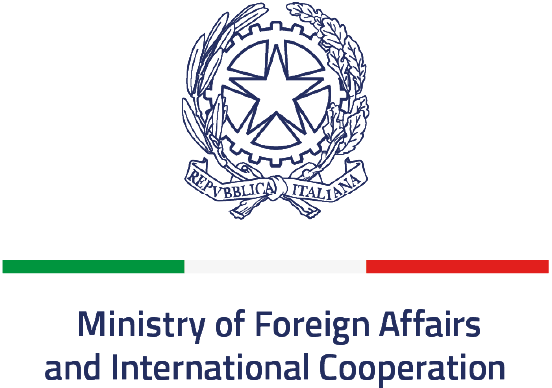
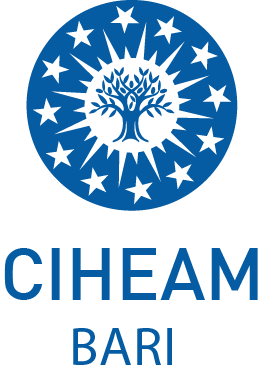





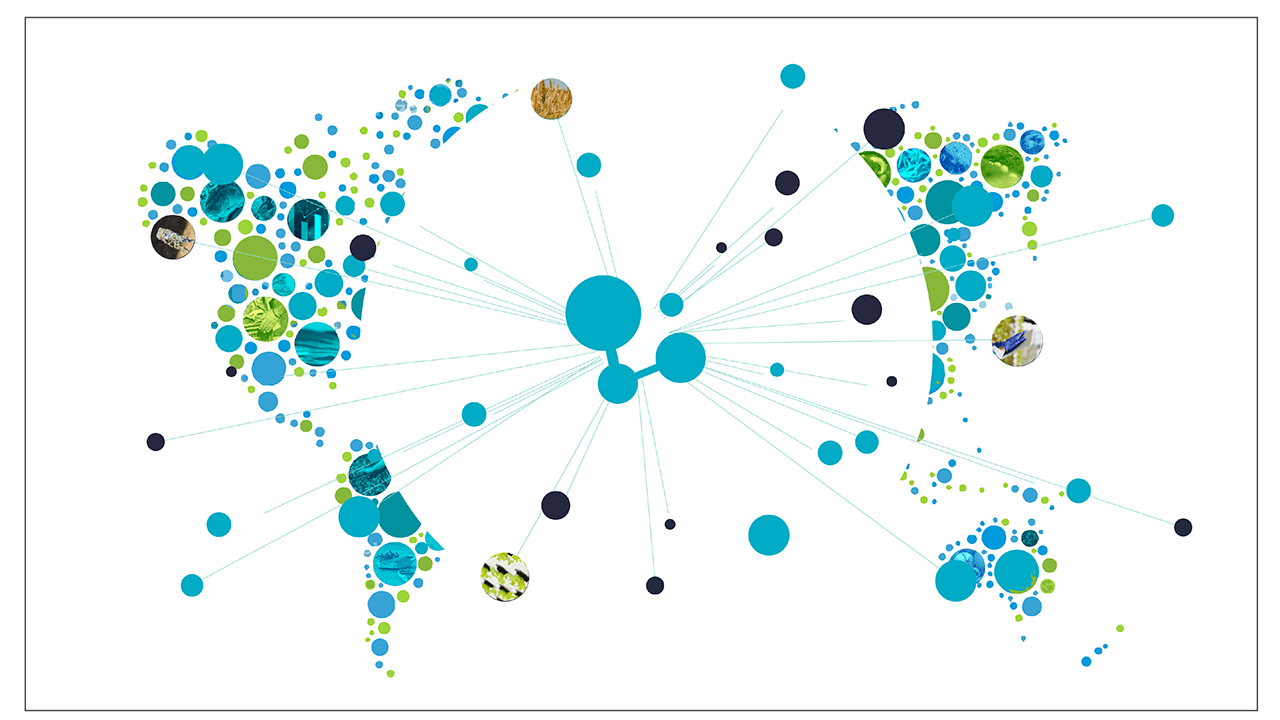
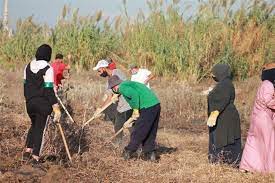
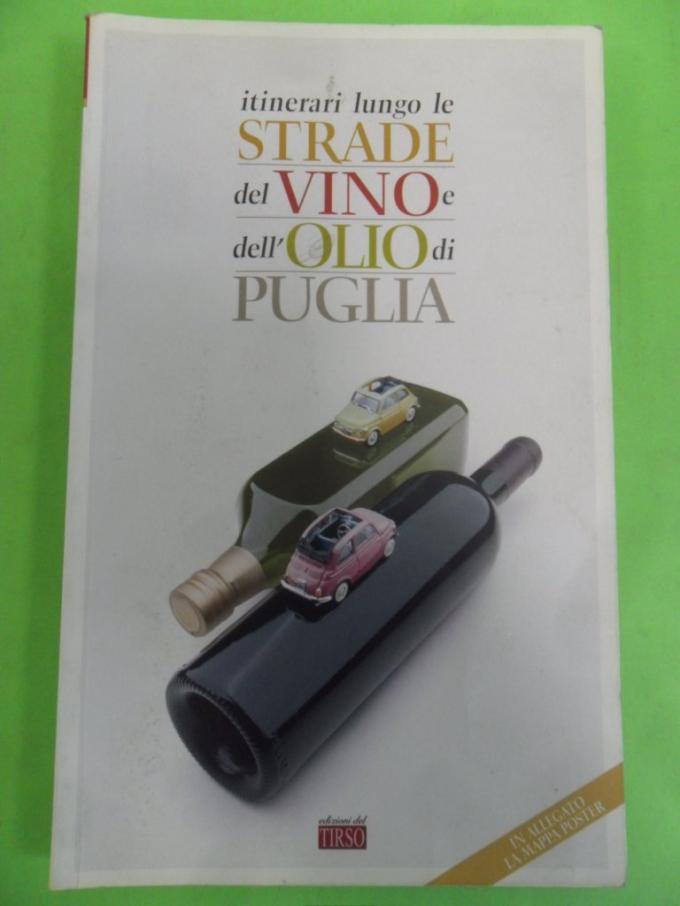
.png)

